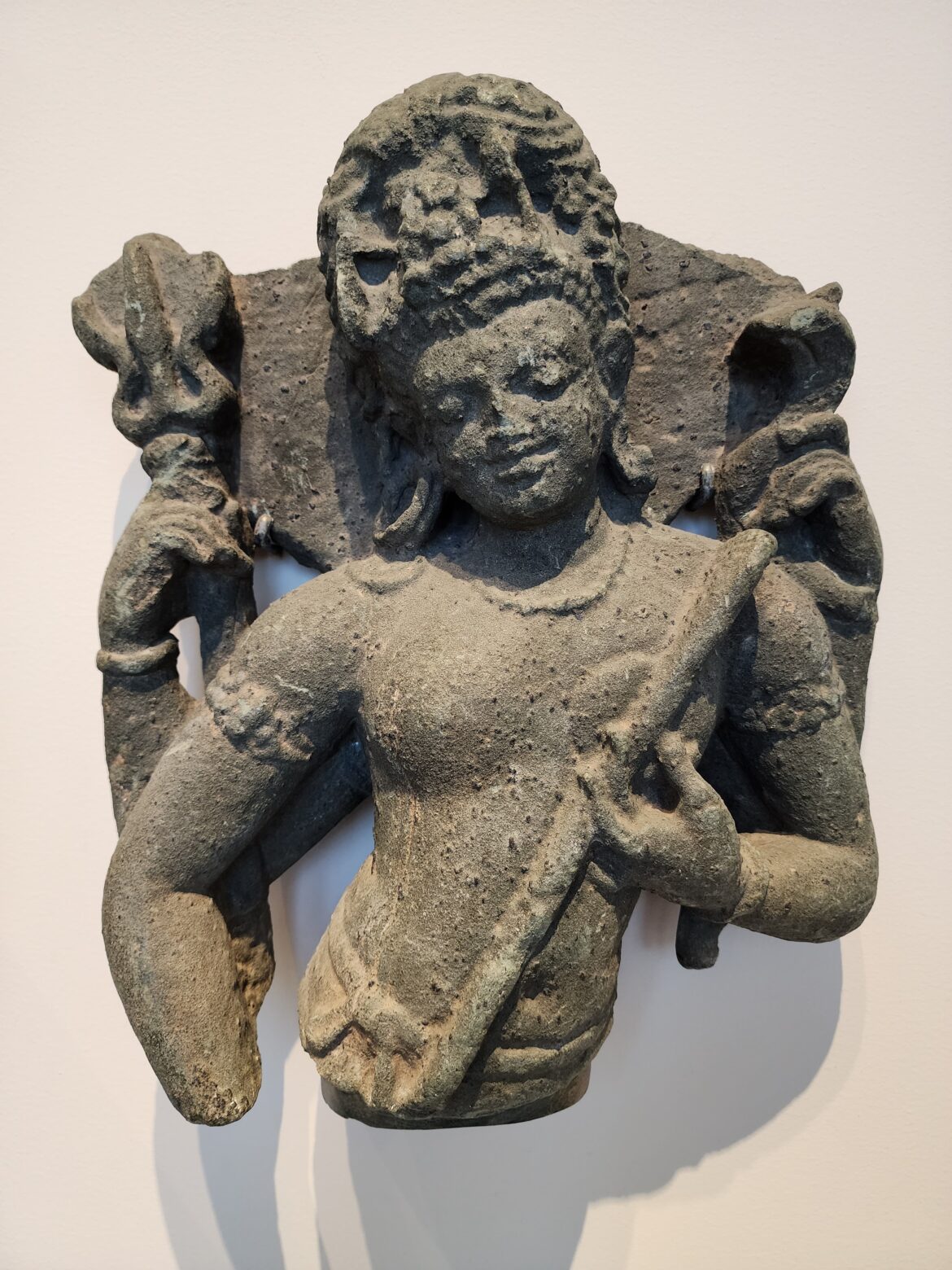[We are in the home stretch of our campaign. Consider donating to The Wild Hunt. You make it possible for us to continue to provide a platform for our communities’ important news. What better way to celebrate the October season: Donate to a news organization that supports your spiritual community. Donate to The Wild Hunt today.]
The story of Tyr’s binding of the wolf Fenrir is the only surviving myth of a god who must have once been a major figure in Germanic religion. Today, there are two popular readings of the role of the wolf that place twenty-first century identity politics over a deep understanding of the mythic figure itself. After examining the myth and the variant interpretations, maybe we can agree on a reading that is both historical and contemporary.
